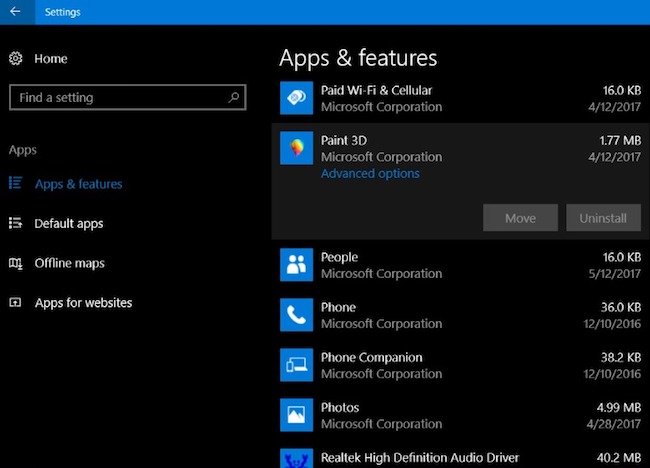
Microsoft Windows Forms® (WinForms) is a library that allows you to develop rich applications with graphical user interface (GUI). This library is a part of .NET Framework. Therefore, such a WinForms application can be developed with any .NET language (C#, F#, VB, etc.), and run on any platform supported by .NET Framework. Not only can it be run on Windows, but also on Linux or Mac OS X (see Mono project). Thus, WinForms is considered multi-platform. However, it is a rather old technology. For new projects, consider using Windows Presentation Foundation® (WPF) instead.
Written by:
Alexey Koshulyan,
Software Developer of Apriorit
In case of Windows, WinForms is a wrapper for Windows API and GDI+. Therefore, it combines both the performance of the native code and the ease of developing on a .NET language.
With WinForms, you are able to create highly customized controls and forms. However, it takes you much more time than using WPF or proprietary third-party tools, such as DevExpress®, because of relatively low-level API of WinForms.
In the current paper, we consider the four steps to create a basic Widows Forms application. A simple C# demo application is used to demonstrate these steps. You can find the source code in the Download section below.
Continue: Four steps to create a basic Windows Forms Application



























